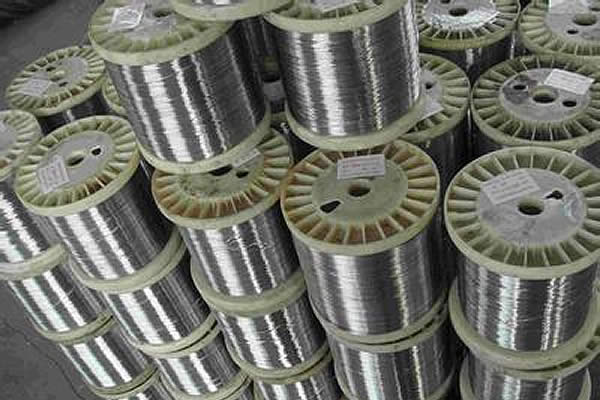 TEL:
+86-13102802206
TEL:
+86-13102802206
 Email:
fencenetting@china.com
Email:
fencenetting@china.com
 Language
Language
 TEL:
+86-13102802206
TEL:
+86-13102802206
 Email:
fencenetting@china.com
Email:
fencenetting@china.com
 Language
Language


Understanding Stainless Filler Wire Applications, Benefits, and Selection
Stainless filler wire plays a critical role in the welding industry, particularly when it comes to joining stainless steel components. Its importance cannot be understated, as it not only aids in forming robust welds but also ensures that the integrity and characteristics of the stainless steel are maintained. In this article, we will explore what stainless filler wire is, its various applications, the benefits it offers, and key factors to consider when selecting the right type for a specific welding project.
What is Stainless Filler Wire?
Stainless filler wire is a type of filler material used in welding processes, specifically designed to complement stainless steel. It is composed primarily of stainless steel alloys and is employed in several welding techniques, including gas tungsten arc welding (GTAW), gas metal arc welding (GMAW), and submerged arc welding (SAW). The characteristics of the filler wire, such as its strength, corrosion resistance, and compatibility with the base metal, make it essential for achieving high-quality welds.
Applications of Stainless Filler Wire
Stainless filler wire is widely used in various industries due to its excellent properties. Some common applications include
1. Food and Beverage Industry Stainless filler wire is essential in the fabrication of equipment and structures used in the food and beverage sector. The ability of stainless steel to resist corrosion and contamination is crucial for maintaining hygiene and safety.
2. Chemical Processing In chemical processing, stainless filler wire is used for constructing tanks, pipes, and other equipment that must withstand corrosive substances. The welds must be strong and resistant to the harsh environments often involved in chemical production.
3. Marine Applications Due to stainless steel's ability to resist corrosion from saltwater, stainless filler wire is frequently used in boat manufacturing and repair, as well as in coastal infrastructure that faces harsh environmental conditions.
4. Automotive Industry Stainless filler wire is used in the production of exhaust systems and other components that require high-temperature resistance and durability. Its use ensures that the parts can withstand the rigors of automotive operation.
5. Construction Architectural applications that involve stainless steel structures, such as bridges and high-rise buildings, often utilize stainless filler wire due to its strength and aesthetic appeal.
Benefits of Using Stainless Filler Wire

2. Strength and Durability Stainless filler wire contributes to producing strong, durable welds that can withstand mechanical stresses and thermal shocks, making it an excellent choice for critical applications.
3. Aesthetic Appeal Welding with stainless filler wire typically results in a clean finish that can enhance the overall appearance of the welded joints, important in industries where aesthetic considerations are paramount.
4. Versatility The wire can be used with a variety of stainless steel grades and in different welding methods, making it adaptable for various applications.
Selecting the Right Stainless Filler Wire
When choosing the appropriate stainless filler wire, several factors must be considered
1. Base Metal Composition The filler wire must be compatible with the base materials being welded. Different stainless steel grades have varying properties, and selecting a suitable filler wire ensures the weld's integrity.
2. Welding Process Different welding techniques require specific filler wires for optimal results. For instance, GTAW typically uses ER308L, while GMAW may utilize different wire compositions.
3. Desired Weld Properties Depending on the application's requirements, such as corrosion resistance and strength, selecting a filler wire with the appropriate alloying elements is crucial.
4. Welding Position Consideration of the welding position (flat, horizontal, vertical, or overhead) can influence the choice of filler wire, as some wires perform better in specific orientations.
Conclusion
Stainless filler wire is an indispensable component of the welding industry, providing essential features that facilitate the joining of stainless steel components effectively. Its wide range of applications, excellent resistance to corrosion, and overall strength make it an invaluable material across various sectors. By understanding the key properties and selection criteria associated with stainless filler wire, welders can enhance the quality and durability of their projects, ultimately leading to safer and more reliable structures.